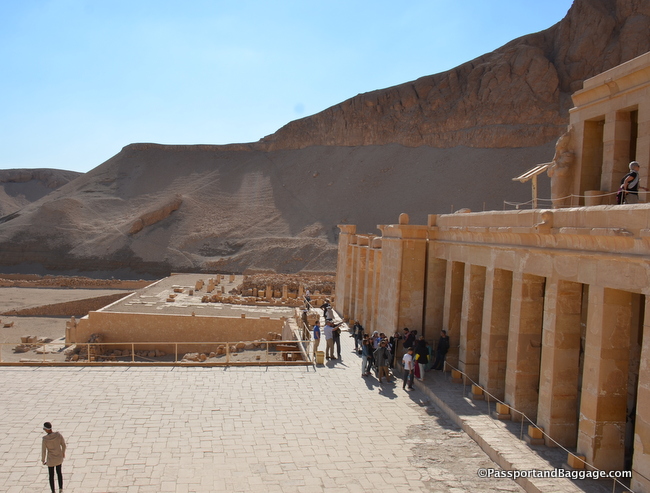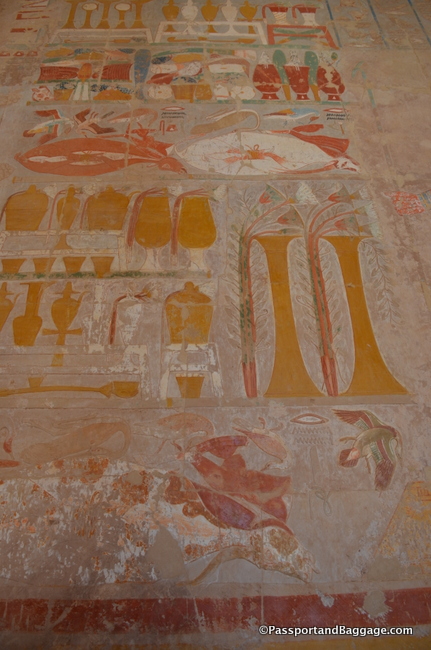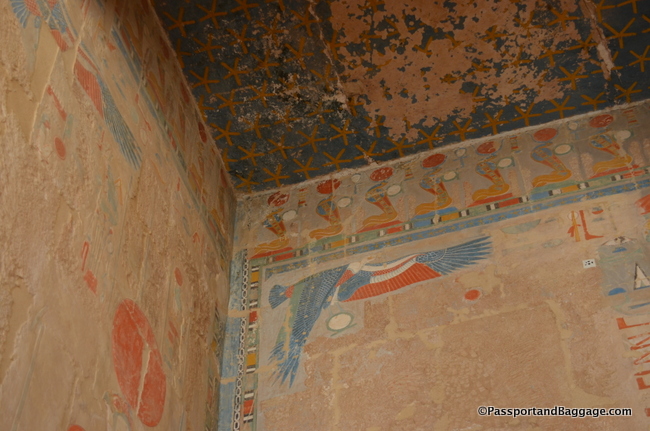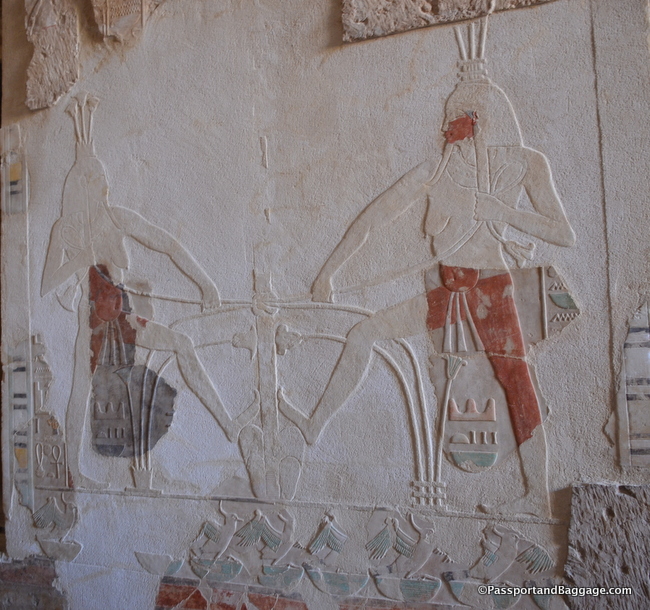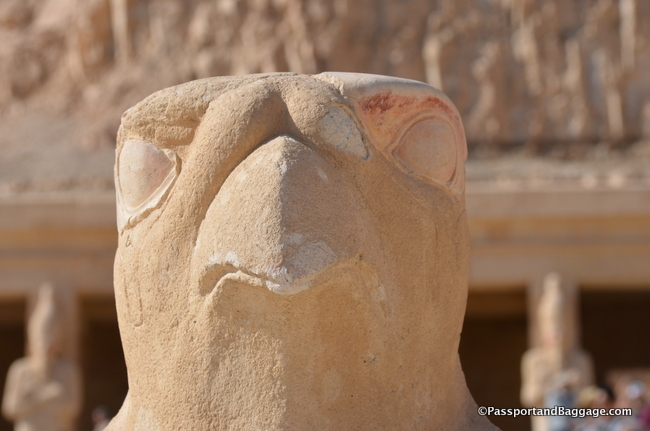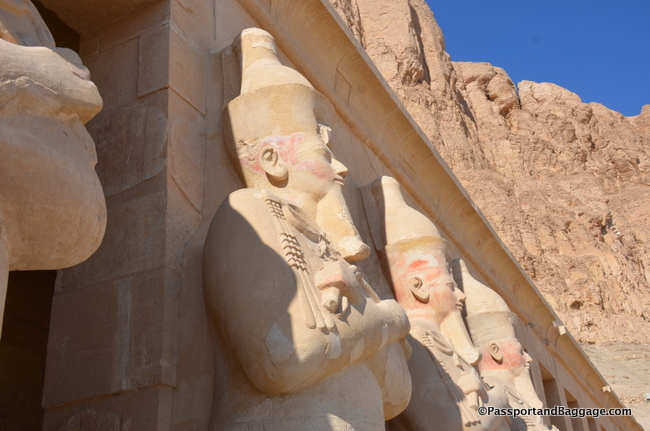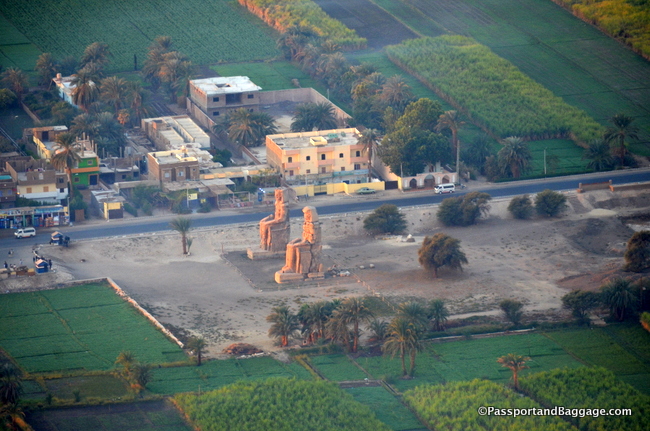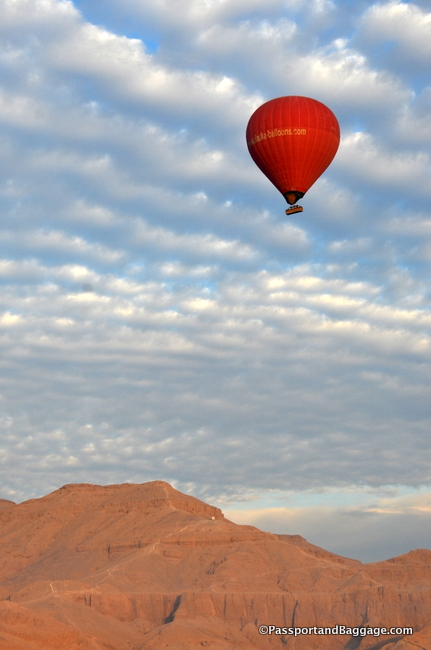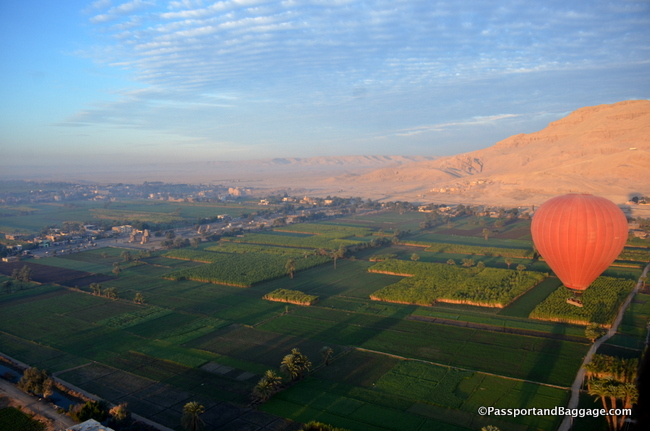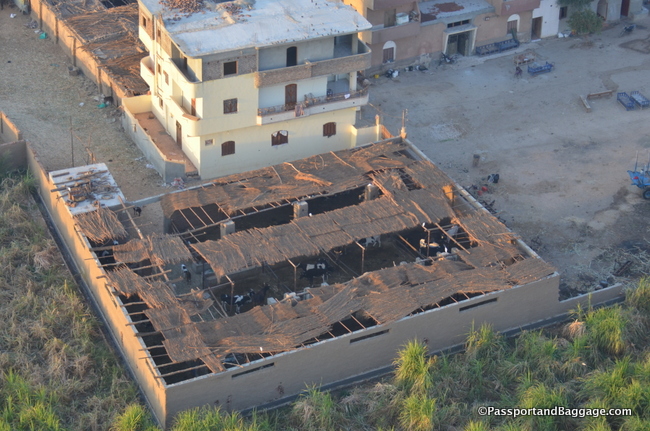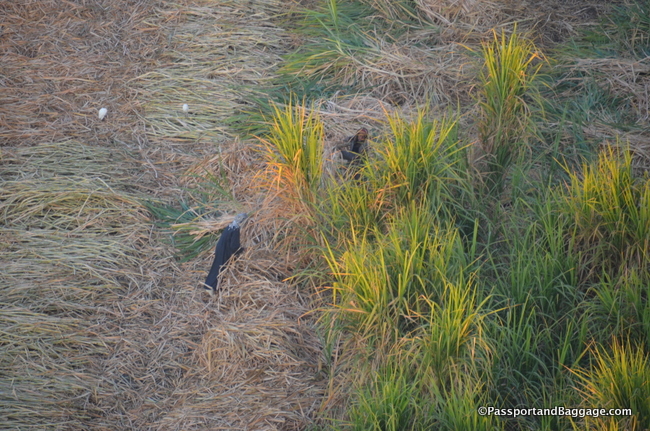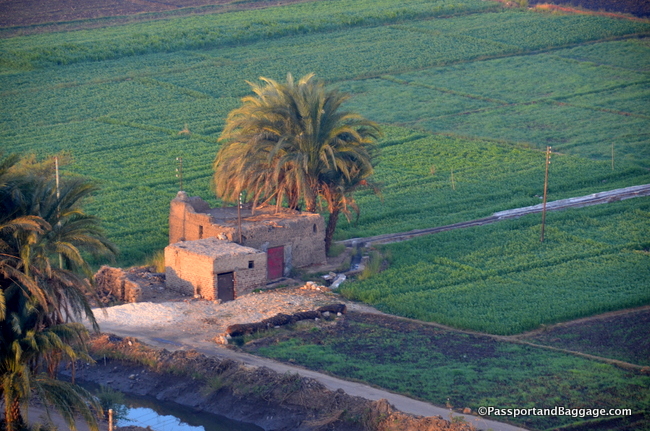Tomb of Hatshepsut
January 30, 2018
 The Mortuary Temple of Hatshepsut, also known as the Djeser-Djeseru is dedicated to Amun and Hatshepsut and is situated next to the mortuary temple of Mentuhotep II, which served both as an inspiration and later, a quarry. It is considered one of the “incomparable monuments of ancient Egypt.”
The Mortuary Temple of Hatshepsut, also known as the Djeser-Djeseru is dedicated to Amun and Hatshepsut and is situated next to the mortuary temple of Mentuhotep II, which served both as an inspiration and later, a quarry. It is considered one of the “incomparable monuments of ancient Egypt.”
Hatshepsut (1507–1458 BC) was the fifth pharaoh of the Eighteenth Dynasty. She was the second historically-confirmed female pharaoh.
The Polish Academy of Sciences in Warsaw is responsible for the study and restoration of the three levels of the temple.
The relief sculpture within Hatshepsut’s temple tells the story of her life. Many of the portraits of Hatshepsut were destroyed at the order of her stepson Thutmose III after her death.
A drawing that you find in many many tombs and temples is Set (god of chaos) and Horus (the guardian of Egypt) uniting Egypt.
The base is a rendering of the lungs attached to the windpipe. As a hieroglyph, this symbol represents the unification of Upper and Lower Egypt. It is then tied together with two plants, the papyrus, and the lotus. The papyrus represents Lower Egypt and the lotus represents Upper Egypt.
*
Colossi of Memnon
The Colossi of Memnon are two massive stone statues of the Pharaoh Amenhotep III ruler of the 18th dynasty.
The original function of the Colossi was to stand guard at the entrance to Amenhotep’s memorial temple the largest and most opulent in Egypt.
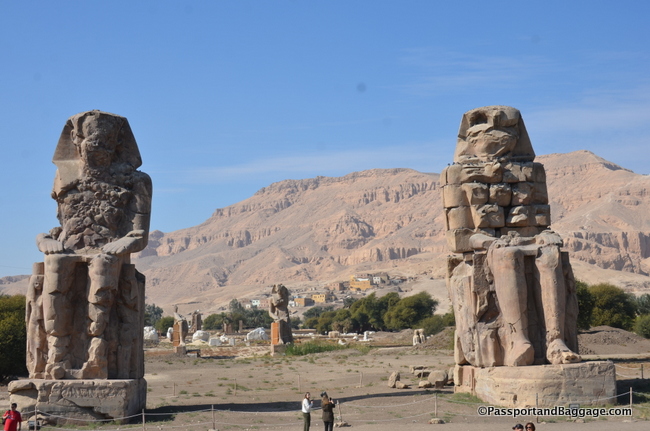 Soon after its construction, it was destroyed by an earthquake thought to be around 1200 BCE.
Soon after its construction, it was destroyed by an earthquake thought to be around 1200 BCE.
In 27 BCE, another earthquake reportedly shattered the northern colossus, collapsing it from the waist up and cracking the lower half. Following its rupture, the remaining lower half of this statue was then reputed to “sing” on various occasions – always within an hour or two of sunrise, usually right at dawn. The legend of the “Vocal Memnon”, and the luck that hearing it was said to bring, along with the reputation of the statue’s oracular powers became known outside of Egypt, and a constant stream of visitors, including several Roman Emperors, came to marvel at the statues. The last recorded reliable mention of the sound dates from 196 CE.
*
